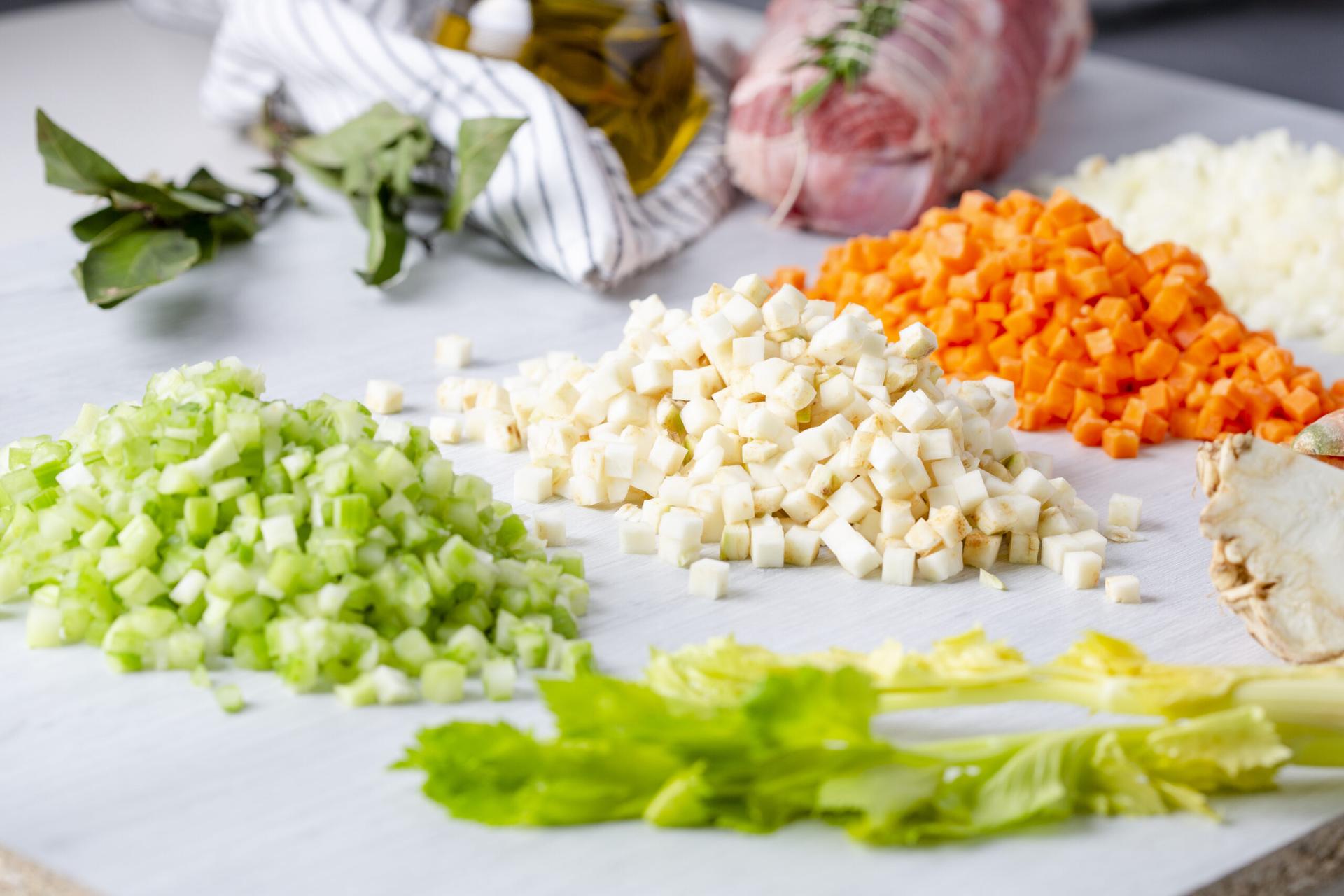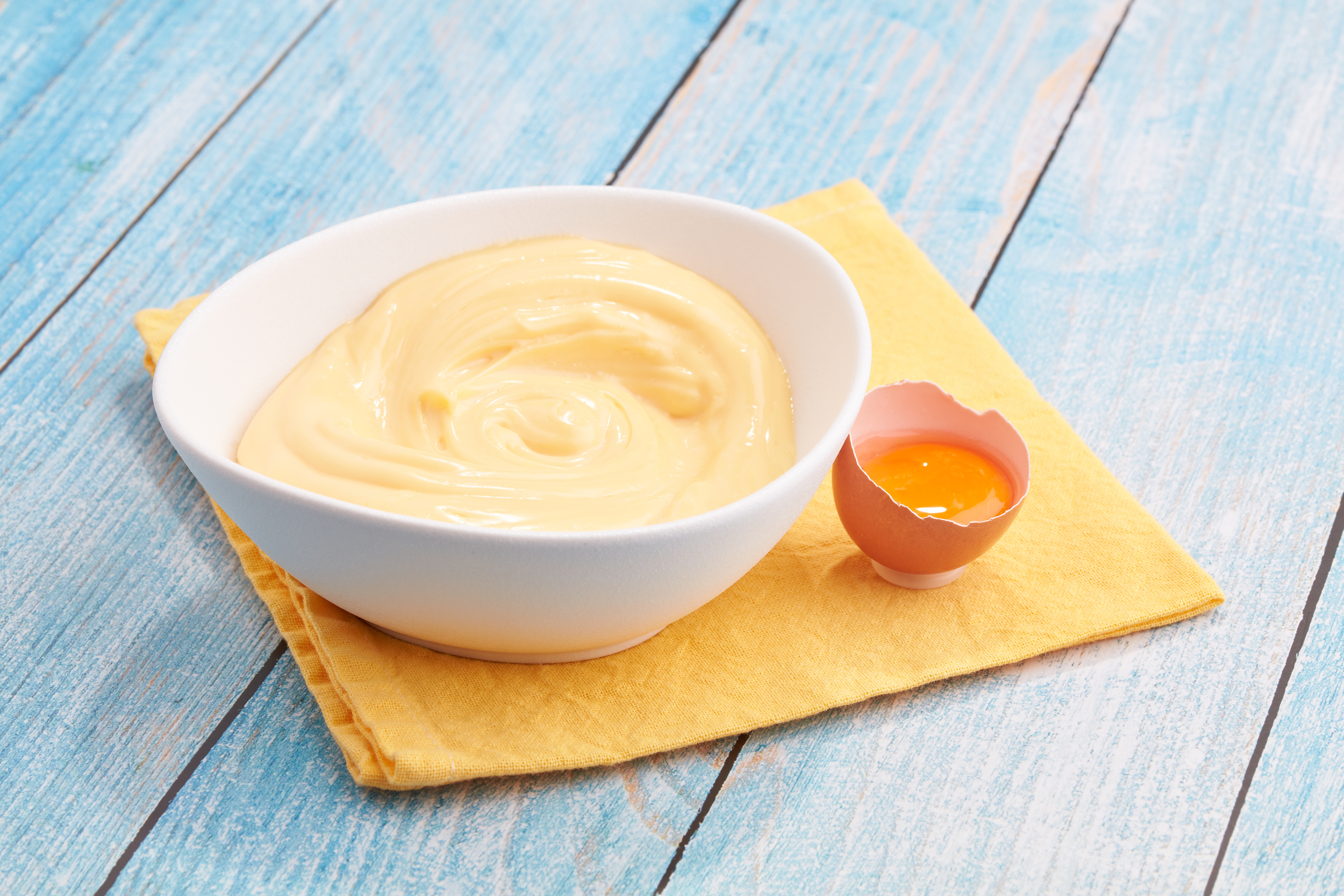

Food Processor vs. Blender: Which One Best Fits Your Kitchen Needs?
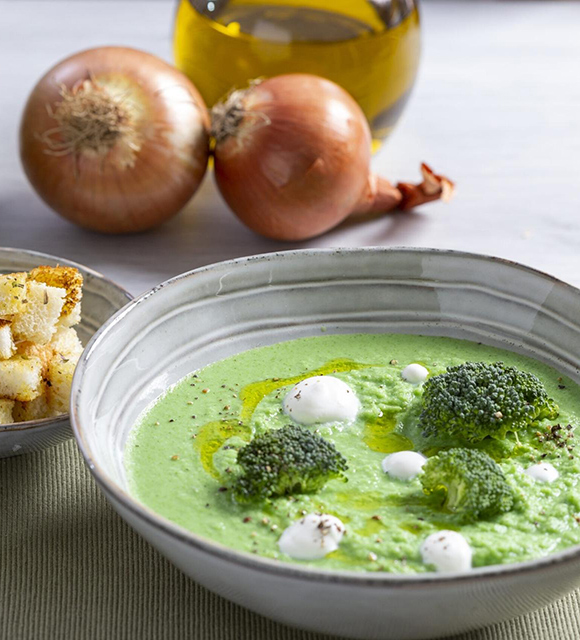
Some kitchen tools are so familiar, they’re often assumed to be interchangeable – like the food processor and the blender. At a glance, they might appear to serve the same purpose: breaking down ingredients into more manageable forms. But if you've ever tried to purée soup in a food processor or shred cheese in a blender, you know they aren't quite the same.
Understanding the unique strengths of each appliance can help you make smarter choices about how you equip your kitchen. Whether you’re looking to expand your capabilities or just need to clarify what belongs where, this comparison will help you get the most out of both tools.
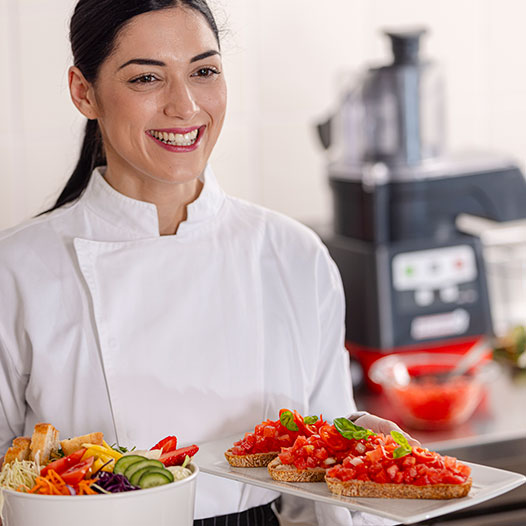
Though both appliances process food, they are engineered for very different tasks. A professional food processor is designed for chopping, slicing, shredding, grating, and kneading. Its wide bowl, flat blades, and interchangeable discs make it ideal for preparing solid or semi-solid ingredients quickly and uniformly.
On the other hand, a blender is built to handle liquids and softer items. With a tall container and rotating blades, it creates powerful vortexes perfect for purées, soups, smoothies, and emulsifications. Its primary strength lies in blending and liquifying ingredients rather than cutting them into uniform shapes.
In short: if you're working with solid foods and need texture control, a food processor is the way to go. If you're dealing mostly with liquids or ingredients that need to be fully puréed, the blender takes the lead.
When to Use a Food Processor vs.
When to Use a Blender
The choice between blender vs food processor often comes down to what you’re preparing.
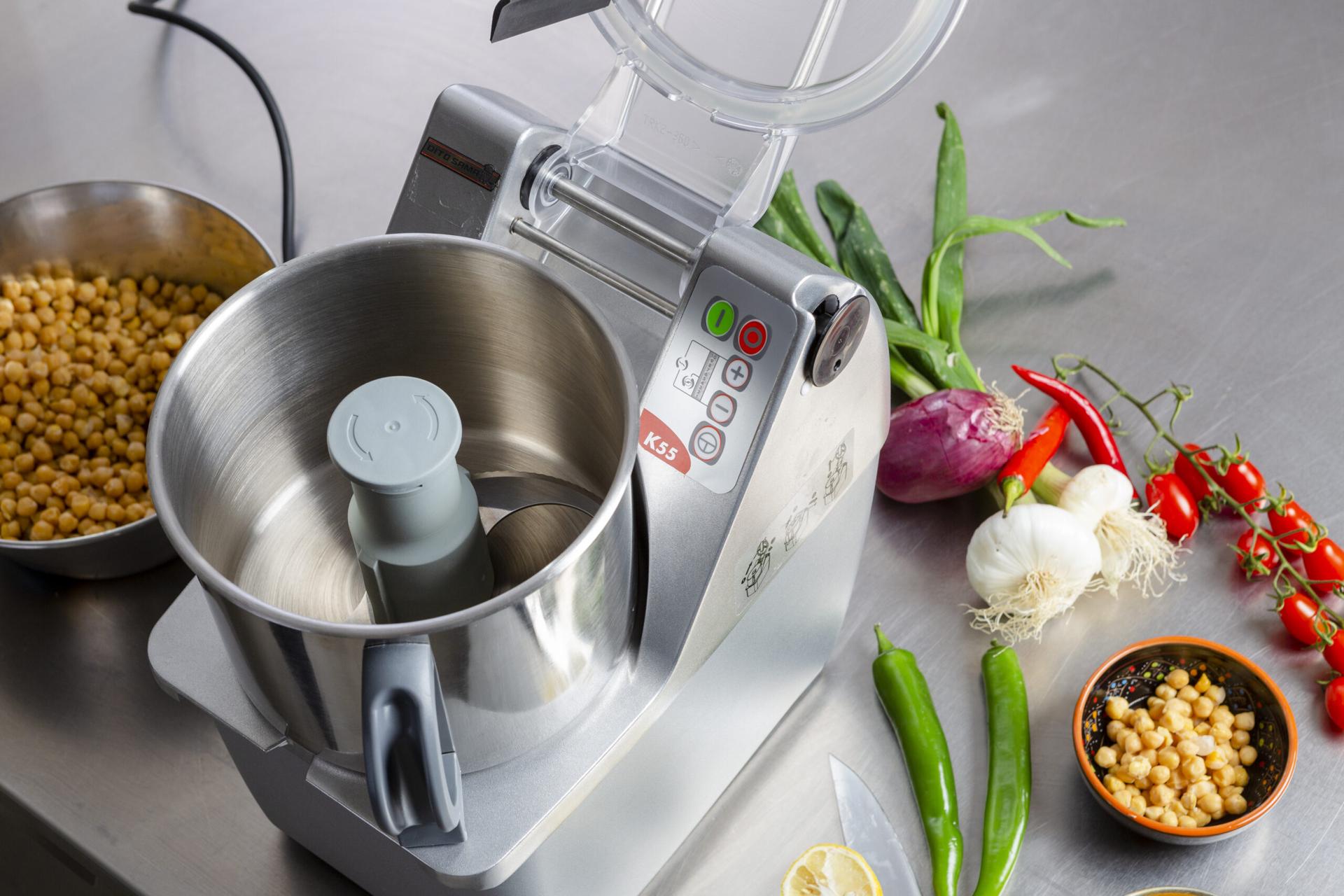
Use a food processor
when making pastry doughs, chopping vegetables, slicing potatoes, shredding cheese, or kneading pizza dough. Its design is geared toward handling volume and structure, making it ideal for prep-heavy operations.
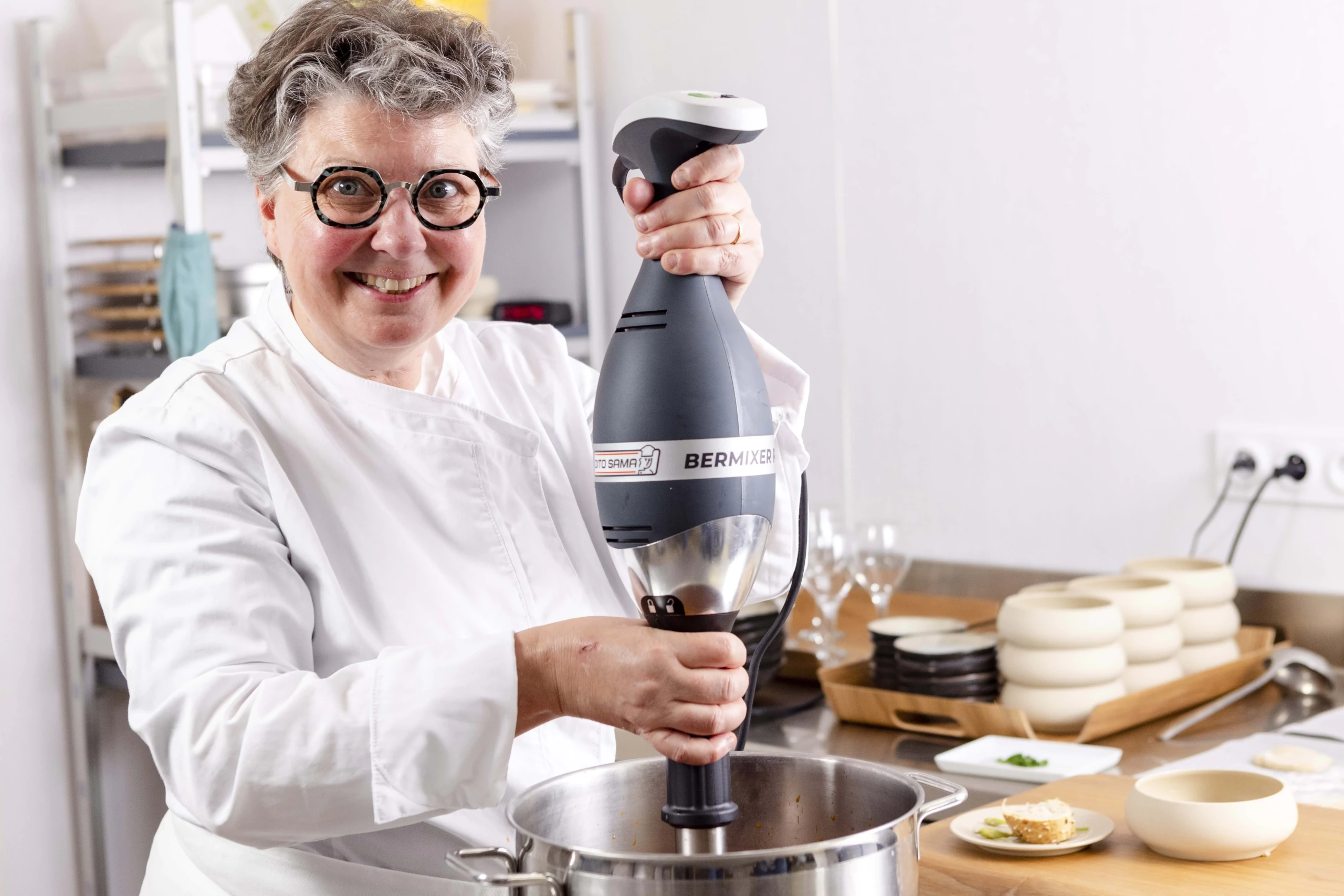
Use a blender
for sauces, salad dressings, soups, smoothies, and beverages where a uniform, smooth consistency is desired. It’s also useful for emulsifying ingredients like oil and vinegar.
Each tool has its place in the kitchen, and many professional operations use both to cover a full range of tasks. Knowing when to use each helps maintain high quality while streamlining workflow.
Which One is Right for Your Business? A Buying Guide
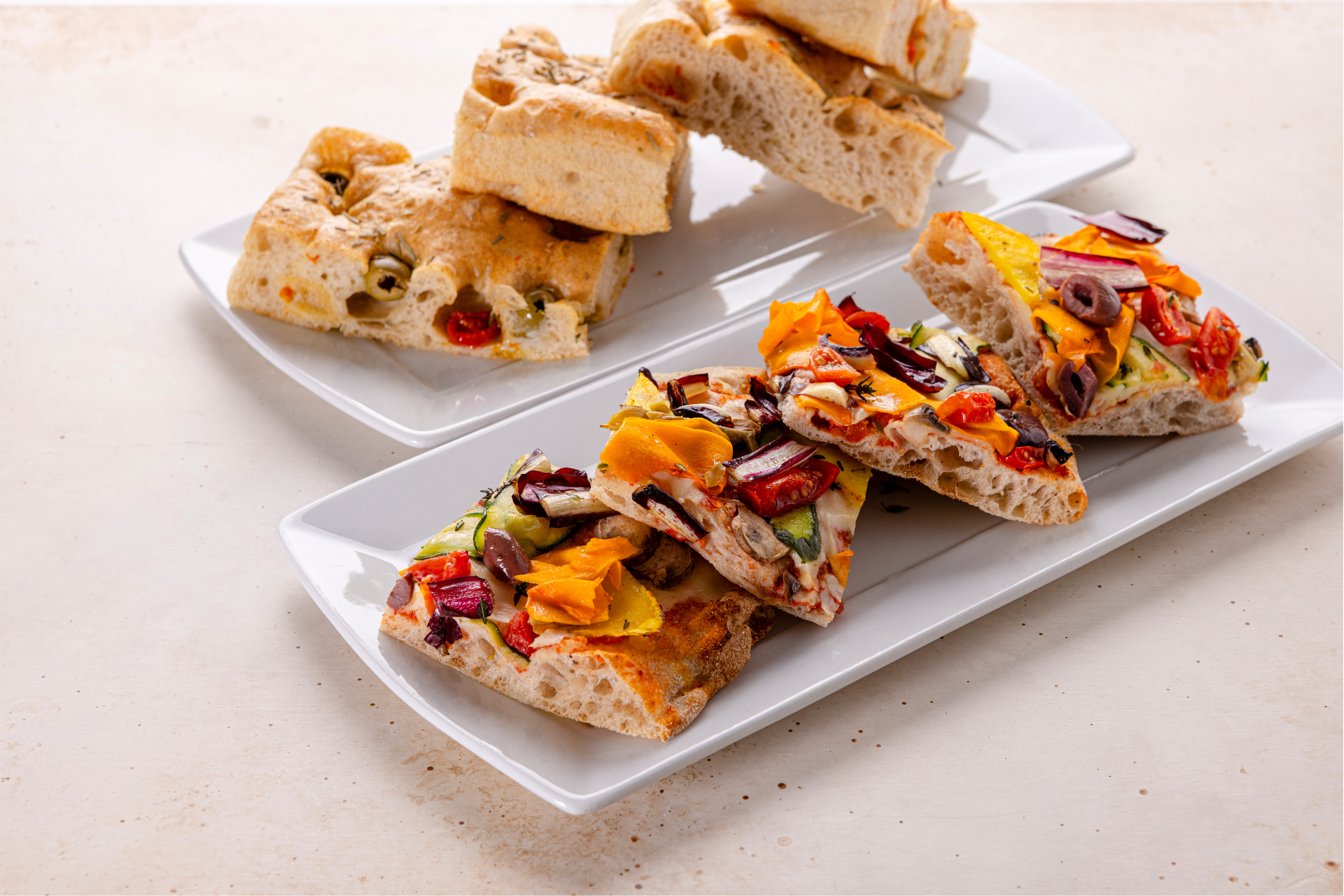
Choosing between a blender and a food processor ultimately depends on the demands of your kitchen. Fast-paced environments that rely on heavy prep will benefit from the versatility of a food processor. Establishments focused on beverages, soups, and sauces may prioritize the power and smooth blending capabilities of a professional-grade blender.
Beyond the type of food you're preparing, it’s also important to consider your kitchen’s workflow and space. A food processor can take on tasks traditionally split among several tools – such as slicing, grating, and kneading – helping reduce clutter and equipment redundancy. On the other hand, a blender’s tall profile and single-purpose design might be more space-efficient for kitchens that focus on a limited set of liquid-based recipes.
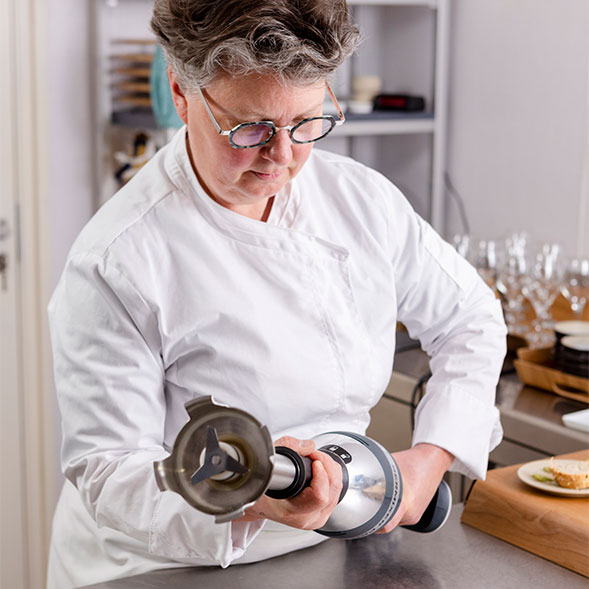
Another factor is staffing and training. Food processors often require a bit more training for safe and effective use, particularly when switching attachments or adjusting settings. Blenders, with their simpler design, can be easier for staff to operate right out of the box. That said, the time savings and precision offered by a food processor can easily outweigh the learning curve.
Also think about cleaning and maintenance. Many professional food processors, including models from Dito Sama, are designed with hygiene and ease of cleaning in mind – offering dishwasher-safe components and streamlined designs that simplify disassembly. Blenders are generally quick to clean, especially when used primarily for soft or liquid ingredients, but can sometimes retain odors or staining from certain foods.
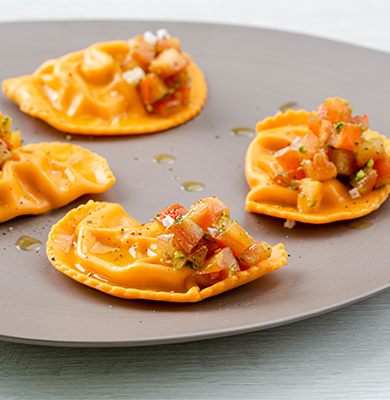
In many cases, kitchens find that a combination of both appliances offers the most flexibility. This dual investment allows chefs to match the tool to the task, whether it’s emulsifying a delicate vinaigrette or preparing a batch of perfectly sliced vegetables.
Dito Sama’s range of professional food processors are built with these multi-functional needs in mind, offering robust motors, interchangeable discs, and durable components that perform reliably even under continuous use.
Ultimately, a well-equipped kitchen doesn’t just deliver results – it supports consistency, safety, and creativity. And knowing the right tool for each task is part of running an efficient, high-performing operation.
LAST NEWS


